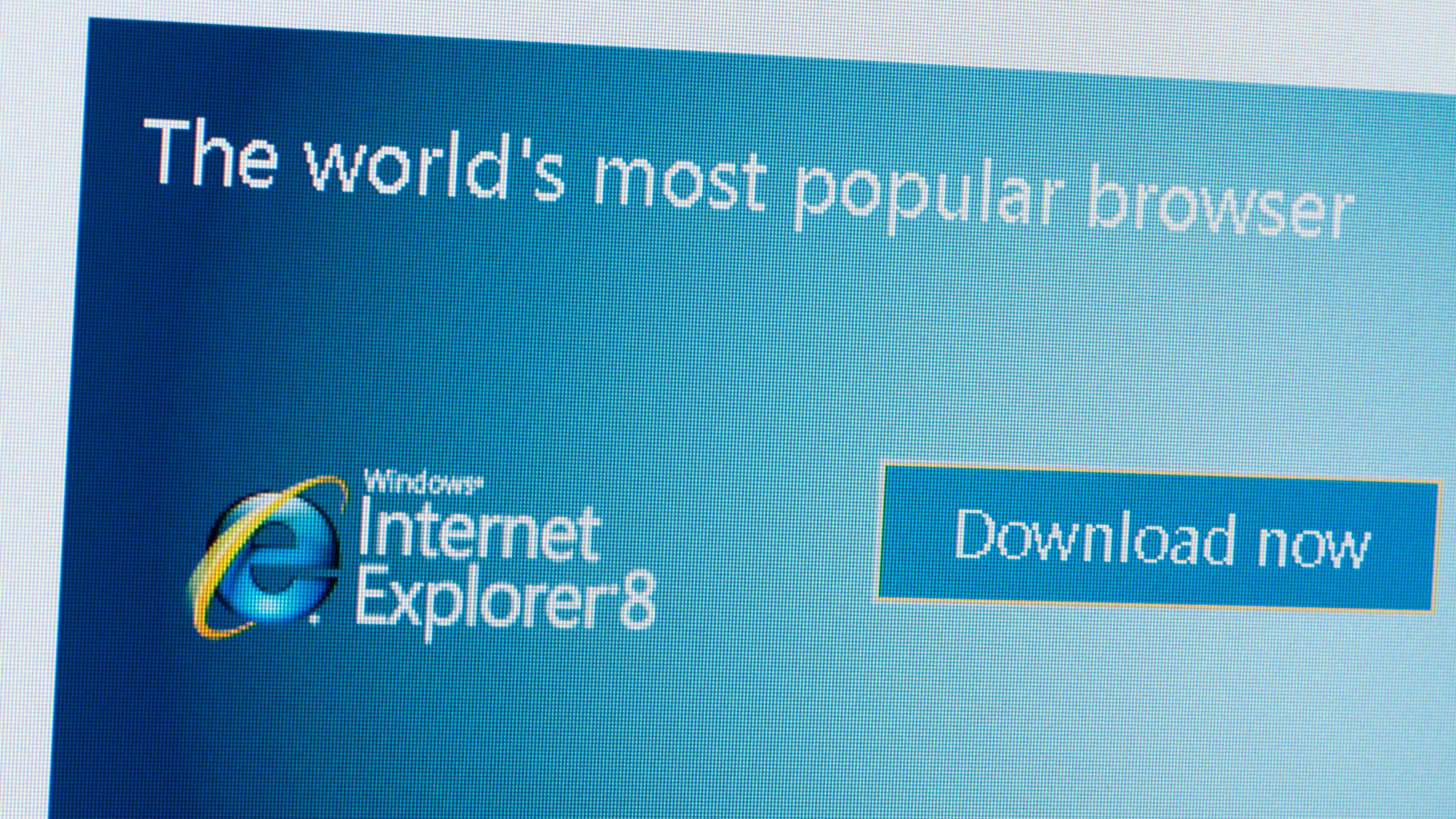

Few people are going to have a worse Valentine’s Day than Internet Explorer. Microsoft is officially cutting ties with the iconic web relic for good tomorrow. Per a prior official company announcement, an Edge browser update will be issued on February 14 to permanently disable the browser and bring all PCs into the newer Edge fold.
Interestingly, Internet Explorer’s desktop icons will remain as is for the time being. As Betanews notes, this is likely a way to ease Internet Explorer loyalists (whoever they may be) into the Edge era before erecting the final metaphorical gravestone sometime in the near future.
[Related: It’s your last chance to save your Internet Explorer bookmarks.]
Although Microsoft is at long last closing the Internet Explorer chapter, official support for the browser actually ended in June of last year. Meanwhile, the purveyors of all things PC have been aggressively lobbying for its new-and-improved browser platform, Edge—and often making a pretty good case for it, with personalized feeds, faster search speeds, privacy controls, and even Chrome extensions. That said, the recent announcement of integrating ChatGPT into both Edge and Bing are raising some eyebrows.
[Related: RIP Internet Explorer, and thanks for all the memes.]
Of course, the vast majority of people have long parted ways with Explorer in favor of more modern, reliable, secure and simply better options: such as the more privacy-focused downloads like Vivaldi, Brave, and Opera GX. As digital tracking techniques become increasingly sneaky and all-but-ubiquitous, Internet Explorer has lagged far behind its heirs for quite some time now. In many ways, the OG browser has outstayed its welcome, and potentially made holdouts’ digital experiences a little less safe. Still, it’s hard not to shed a digital tear for one of the foundational gateways into the modern online world.
RIP Internet Explorer. Say “hi” to our old pal Clippy for us.
Update 2/14/23: Microsoft clarified its Internet Explorer retirement by stating the retirement change would come via Edge, and not a Windows 10 software update.
